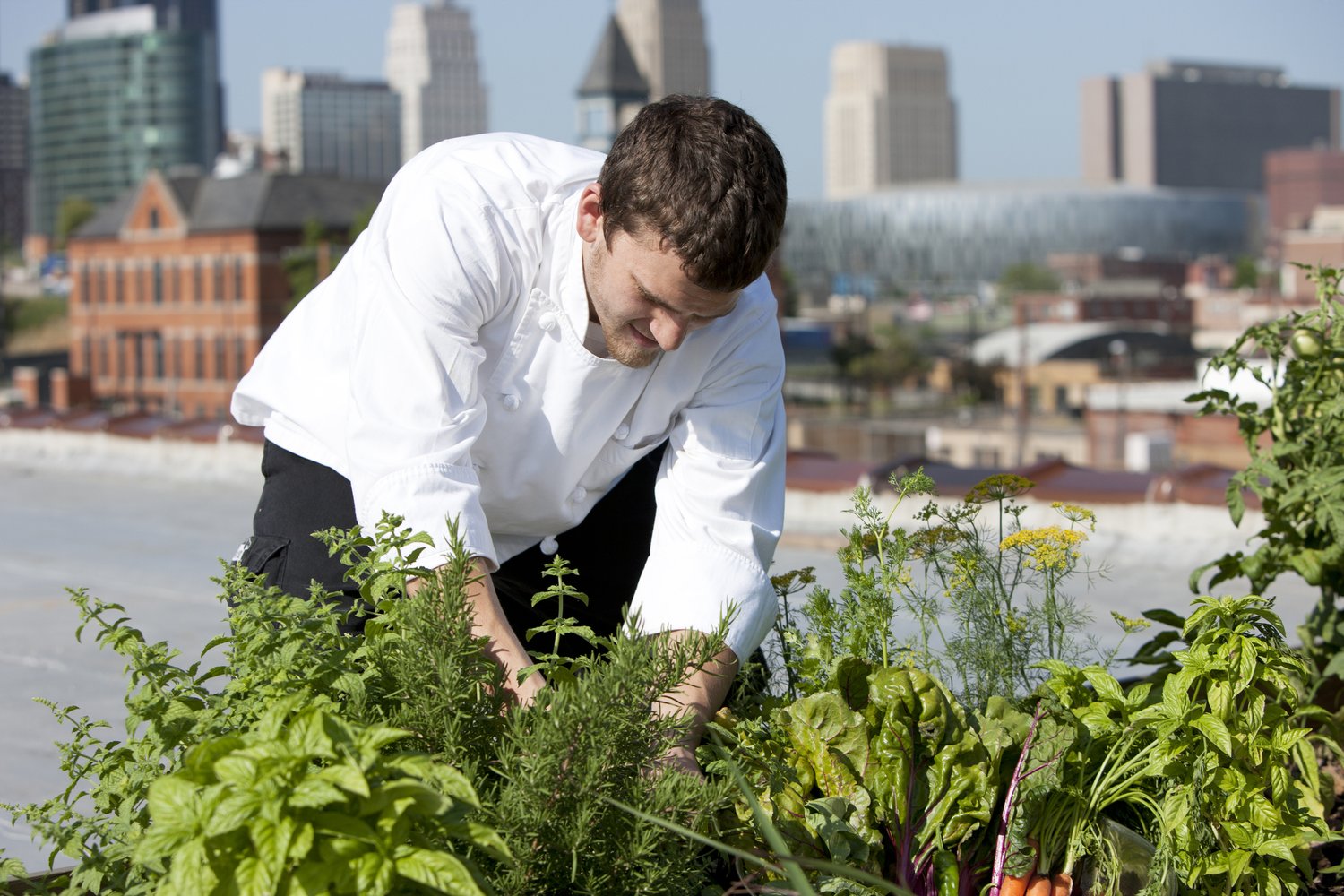Fascination About City Blooming
Table of ContentsHow City Blooming can Save You Time, Stress, and Money.The smart Trick of City Blooming That Nobody is DiscussingThe Ultimate Guide To City BloomingUnknown Facts About City BloomingCity Blooming for Dummies
Fascinated in growing food for sale in the City of Chicago? Below is a listing of often asked concerns concerning the guidelines and regulations that farmers ought to consider when intending a metropolitan agriculture project.
The zoning modification does not change any kind of other codes managing composting, structure permits, purchasing or leasing City owned residential or commercial property, business licenses or environmental contamination. There are existing codes that regulate these problems and they remain in complete effect and might apply to your task. Community yards are typically possessed or handled by public entities, civic organizations or community-based organizations and maintained by volunteers.
Urban farms expand food that is meant to be sold, either on a nonprofit or for-profit basis. As a result of their commercial purpose, urban ranches need a service license. Yes. A neighborhood yard is enabled to market surplus create that was grown on site if the sales are accessory or subordinate to the yard's primary function defined over.
City Blooming for Dummies
Composting is enabled yet just for plant material that is produced and used on site. The quantity of garden compost product can not exceed 25 cubic yards at any kind of provided time according to the standards in 7-28-715 of the City's Municipal Code. Yes. Due to the fact that the dirt at many brand-new garden sites needs amending, garden compost, soil, timber chips, or various other materials can be gotten to build or enhance the expanding space - home and garden.

If a structure authorization is required then the hoophouse will certainly be thought about an accessory building. You can learn more about the structure authorization demands by speaking to the Division of Buildings. The 25,000-square-foot size restriction is meant to stop a single area yard from controling a provided block or interfering with the block's existing household or business personality.
The limit does not put on yards situated in Public Open Space (POS) districts. Can there be greater than one community yard that is 25,000 square feet on a single block? Yes. The dimension restriction relates to specific gardens, not to specific blocks. No. Fencing is not needed, however, yards that have huge car park areas might be called for to set up secure fencing or other landscaping attributes.
City Blooming Fundamentals Explained
B1 & B2 areas need that all industrial usage activities be conducted inside. Is secure fencing needed for metropolitan farms? Fences may be needed, along with landscaping and screening, for particular car parking areas and exterior job or storage areas depending on location and the specific task taking place.
Yes. Urban farms require building authorizations and zoning authorizations prior to building. Various other types of city evaluation might be needed depending on specific frameworks, activities, dimension, landscape design, licensing, public health and stormwater monitoring issues. Most of these requirements are identified in the task layout or permitting procedure, nevertheless, the candidate might be liable to independently identify particular licenses or allows that might be needed.
The Department of Organization Matters and Customer Protection can help determine the certain type of company permit that's needed. Off road vehicle parking is needed for a lot of industrial tasks in Chicago. The called for number of car parking spaces is based on the number of workers working on site and not the square video footage of the expanding area.
Not known Incorrect Statements About City Blooming

A city ranch can sell compost material generated on website, nonetheless, the operation should comply with the regulations in 7-28-715 of the Chicago Municipal Code. Aquaponic systems are permitted inside on metropolitan farms in many zoning areas.
Approximately five hives or colonies of honey may be kept as an accessory usage. Nevertheless, beekeepers must sign up with the Illinois Division of Agriculture. For more details about the recommended zoning change you may speak to the Department of Real Estate and Economic Advancement, Bureau of Planning and Zoning at 312.744.8563.
Farming in cities and city locations A metropolitan ranch in Chicago. Urban agriculture refers to numerous techniques of growing. https://www.evernote.com/shard/s416/sh/76427f1e-db42-71c3-1e07-e8ebfa2fefe5/AF51jmfHpNcDRC9u_dl3krlbzdyP7xITRgVg4ufD6qAMWS5gU0WOhxsSWA, processing, and distributing food in urban areas. The term additionally relates to the location activities of pet husbandry, tank farming, beekeeping, and gardening in a metropolitan context. Urban agriculture is identified from check this peri-urban farming, which takes location in backwoods at the side of suburban areas.
4 Easy Facts About City Blooming Explained
It can entail an activity of organic growers, "foodies" and "locavores", that seek to create social networks founded on a common ethos of nature and neighborhood holism. These networks can develop by method of formal institutional support, becoming incorporated into neighborhood town as a "change community" activity for sustainable city advancement.
The more direct access to fresh vegetable, fruit, and meat products that may be know via city agriculture can improve food safety and security and food security while reducing food miles, bring about reduced greenhouse gas emissions, thus adding to climate modification mitigation. Some of the initial evidence of city farming originates from Mesopotamia.